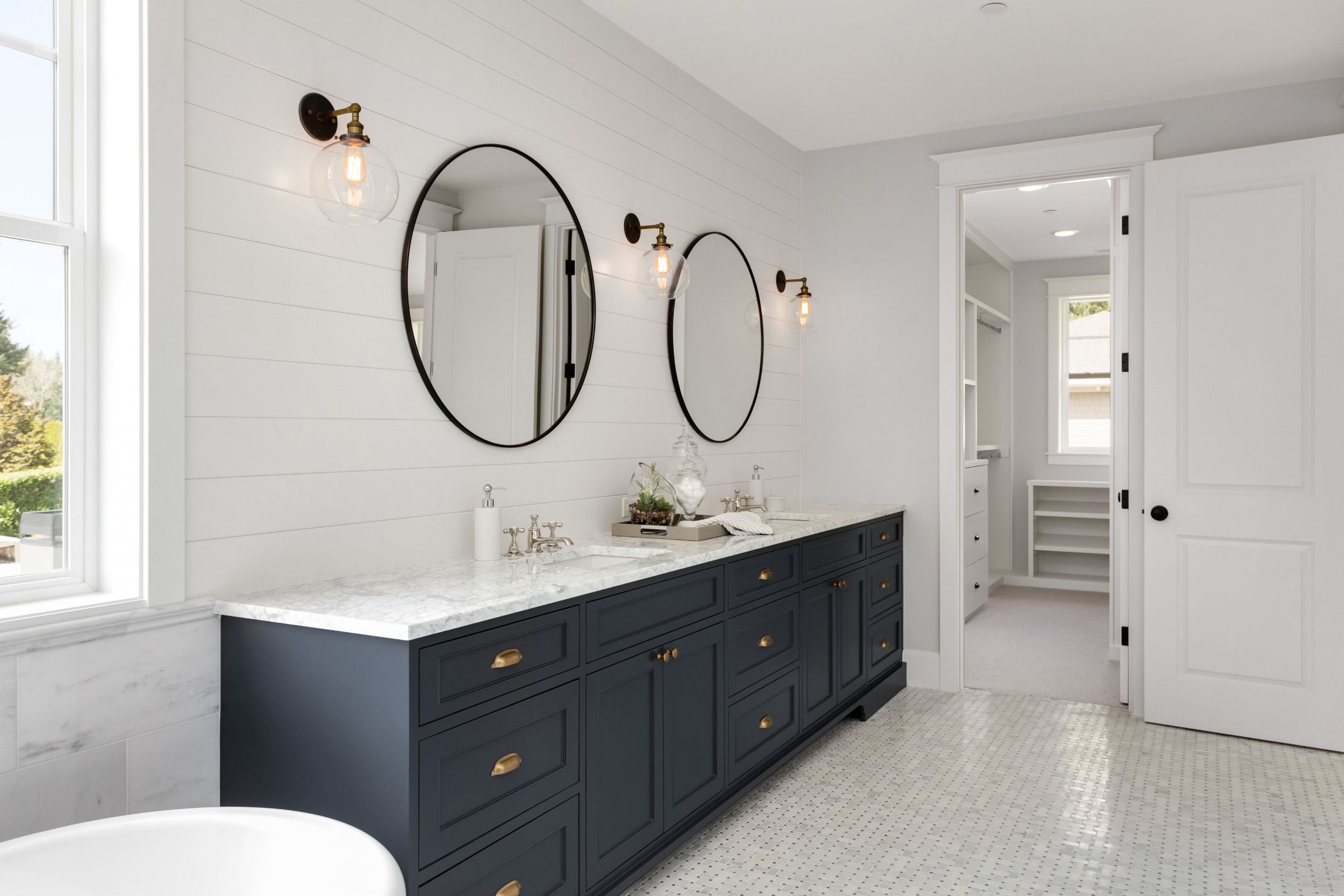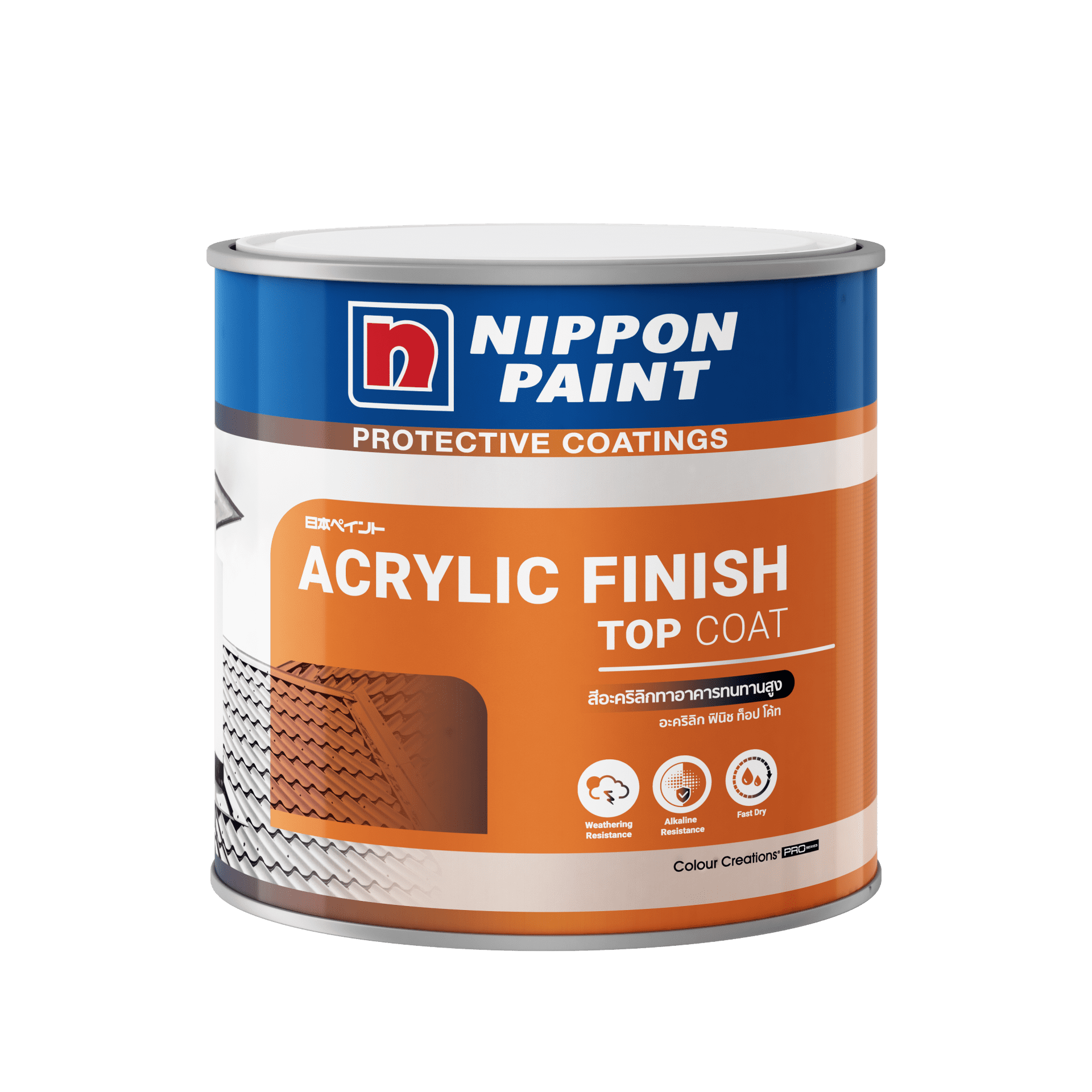Choosing the Right Top Coat for Bathroom Paint: Bathroom Paint Top Coat

The bathroom is a challenging environment for paint, due to high humidity, moisture, and the potential for mold growth. These factors can quickly deteriorate paint, leading to peeling, cracking, and discoloration. To ensure your bathroom paint lasts, it’s crucial to choose the right top coat.
Top Coat Types for Bathroom Paint
Choosing the right top coat for bathroom paint is essential for ensuring durability and longevity. Different top coats offer varying levels of protection against moisture, mildew, and wear and tear. Let’s explore the key types and their properties.
- Acrylic Top Coats: Acrylic top coats are water-based, making them easy to apply and clean up. They offer good moisture resistance and are often mildew-resistant. However, they may not be as durable as other options and can be susceptible to scratches.
- Epoxy Top Coats: Epoxy top coats are known for their exceptional durability and resistance to moisture, chemicals, and abrasion. They create a hard, glossy finish that is highly resistant to chipping and peeling. However, epoxy top coats can be more difficult to apply and require proper preparation.
- Polyurethane Top Coats: Polyurethane top coats offer a balance of durability, moisture resistance, and ease of application. They provide a hard, protective layer that is resistant to scratches, abrasion, and water. Polyurethane top coats are available in both oil-based and water-based formulas.
Top Coat Properties and Comparison, Bathroom paint top coat
Here’s a table outlining the key characteristics of various top coat types:
| Top Coat Type | Durability | Water Resistance | Ease of Cleaning | Cost |
|---|---|---|---|---|
| Acrylic | Good | Good | Excellent | Low |
| Epoxy | Excellent | Excellent | Good | High |
| Polyurethane | Excellent | Excellent | Good | Medium |
Applying Bathroom Paint Top Coat

The final step in painting your bathroom is applying the top coat. This crucial layer provides a protective shield against moisture, mildew, and everyday wear and tear, ensuring your beautiful bathroom paint job lasts for years to come.
Preparing the Surface
Before you dive into applying the top coat, it’s essential to ensure your bathroom walls are properly prepared. This step is crucial for a smooth, even finish and a top coat that adheres perfectly.
- Clean the Walls: Start by wiping down your painted walls with a damp cloth to remove any dust, dirt, or debris that might have settled on the surface. For a thorough cleaning, use a mild detergent solution.
- Sand the Walls: Once the walls are dry, lightly sand them using fine-grit sandpaper. This process helps to create a slightly rough surface that improves the adhesion of the top coat.
- Prime the Walls: Apply a primer specifically designed for bathroom surfaces. This step is particularly important if you’re painting over a previously painted surface, as it helps to seal the old paint and ensure the top coat adheres properly.
Applying the Top Coat
Now that your walls are prepped, you’re ready to apply the top coat. Here’s how to do it right:
- Choose the Right Brush or Roller: Select a high-quality brush or roller designed for applying paint. A brush is ideal for smaller areas and corners, while a roller is perfect for large, flat surfaces.
- Load the Brush or Roller: Dip the brush or roller into the top coat, ensuring it’s evenly coated but not overloaded. Excess paint can lead to drips and an uneven finish.
- Apply the Top Coat in Thin, Even Coats: Work in sections, applying the top coat in thin, even strokes. Don’t try to cover the entire wall in one go; multiple thin coats will create a smoother, more professional finish.
- Avoid Overlapping: As you move from one section to the next, slightly overlap the previous stroke to ensure a seamless finish.
- Let the Top Coat Dry: Allow the first coat of top coat to dry completely before applying the second coat. The drying time will vary depending on the type of top coat and the room temperature. Check the product label for specific drying time recommendations.
- Ventilate the Room: Ensure proper ventilation during and after applying the top coat. Open windows or use a fan to circulate air and help the paint dry quickly.
Maintaining Your Bathroom Paint Top Coat

A durable bathroom paint top coat requires more than just proper application. Maintaining your bathroom paint top coat is crucial to extend its lifespan and keep your bathroom looking fresh.
Cleaning Methods for Bathroom Paint Top Coats
The cleaning method you choose should be tailored to the specific type of bathroom paint top coat you have. A gentle approach is always best, as harsh chemicals can damage the finish.
- Acrylic Top Coats: These are typically water-based and can be cleaned with mild soap and water. Avoid abrasive cleaners, as they can scratch the surface.
- Epoxy Top Coats: These are more durable and can withstand stronger cleaners, but still, it’s best to use a mild soap and water solution for routine cleaning. For stubborn stains, a solution of baking soda and water can be effective. Avoid using harsh chemicals like bleach or ammonia.
- Oil-Based Top Coats: These are generally more resistant to moisture and stains, but they can be more difficult to clean. Use a mild soap and water solution, and avoid using harsh cleaners or solvents.
Signs of Wear and Tear
Regularly inspecting your bathroom paint top coat can help you identify signs of wear and tear, allowing you to take corrective action before the damage becomes more extensive.
- Fading: Over time, exposure to sunlight can cause the paint to fade. This is especially noticeable in areas that receive direct sunlight. If you notice significant fading, it might be time to repaint.
- Cracking: Cracking can occur due to moisture buildup, temperature fluctuations, or improper application. If you see cracks, it’s essential to address the underlying cause and reapply the top coat.
- Peeling: Peeling is often a sign of poor adhesion, which can be caused by moisture, improper preparation, or a lack of primer. If you see peeling, it’s best to scrape off the loose paint and reapply the top coat.
- Scratches: Scratches can be caused by abrasive cleaners, furniture, or even everyday use. If you see scratches, you can try to touch them up with a paint marker or small brush. If the scratches are extensive, you may need to repaint the entire area.
Preventative Measures
Regular cleaning and avoiding harsh scrubbing can go a long way in extending the lifespan of your bathroom paint top coat.
- Regular Cleaning: Clean your bathroom walls and trim regularly with a mild soap and water solution. This will help remove dirt, grime, and mildew, which can damage the paint over time.
- Avoid Harsh Scrubbing: Use a soft cloth or sponge when cleaning your bathroom walls. Avoid using abrasive scrubbers, as they can scratch the paint and make it more susceptible to damage.
- Ventilation: Ensure adequate ventilation in your bathroom to prevent moisture buildup. This will help prevent mildew growth and keep your paint looking its best.
- Protect From Moisture: Avoid letting water splash directly onto the painted surfaces, especially around sinks and showers. This can help prevent moisture buildup and damage to the paint.
